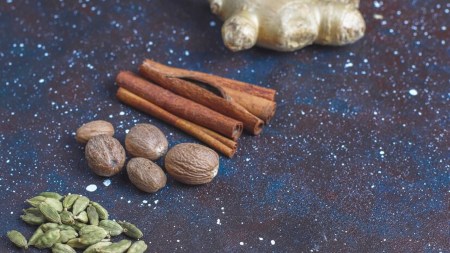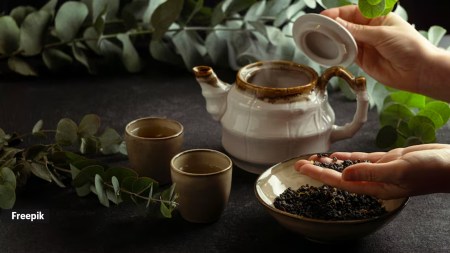Here’s how you can lower the glycaemic index of sugar-spiking foods like bread, banana
You probably employ multiple hacks to store your foods in a way that they stay fresh for longer but do you give as much importance to lowering their glycaemic index or GI? For the unversed, glycaemic index determines how foods affect our blood sugar levels (most carbohydrates, including grains, have a high glycaemic index). “Foods with a high GI are quickly digested and absorbed, causing rapid spikes in blood sugar, while those with a low GI are digested more slowly, resulting in a gradual rise in blood sugar,” said Dr Ekta Singhwal, dietician, Ujala Cygnus Group of Hospitals.
As such, when we came across a few hacks to lower the glycemic index of certain foods by Dr Karan Rajan, an NHS surgeon and a science and health creator, on social media, we decided to dig deeper.

Bread
According to Dr Rajan, if you take a slice of white bread and toast it, you end up lowering the GI of bread. This means it is broken down more slowly causing a more gradual rise in blood sugar levels. He further added that if you take a slice of bread, freeze it, and then defrost it and toast it again, you could lower its GI by almost double.
“All this happens because more retrograded starch is formed and retrograded starch is a type of resistant starch which is beneficial for your gut health because it acts more like fibre,” said Dr Rajan.
Agreeing, Dr Singhwal shared that when bread is thawed and reheated, it lowers the food items glycemic index, resulting in a slower release of glucose into the bloodstream.
Green, unripe bananas
If you eat green unripe bananas, you could have 20 times more resistant starch than yellow ripe bananas, said Dr Rajan. The increased resistant starch content in green bananas not only helps with gut health but also improves satiety, keeping you fuller for longer.
Dr Singhwal agreed that green, unripe bananas contain more resistant starch and less sugar compared to ripe bananas. “Resistant starch is not fully digested in the small intestine, leading to a slower release of glucose into the bloodstream. This slower digestion results in a lower glycemic index, making green bananas a preferable option for individuals concerned about blood sugar control,” elucidated Dr Singhwal.
 How to bring down spikes in your blood sugar levels? (Source: Getty Images/Thinkstock)
How to bring down spikes in your blood sugar levels? (Source: Getty Images/Thinkstock)
Apples
When you eat apples, make sure you eat the apple core minus the seeds. Dr Rajan shared that when you eat the apple core, you get the added benefit of ingesting millions of microbes that live inside the core. And beyond that, it is just more prebiotic, fibre, and less food wastage.
Dr Singhwal added that eating the core of an apple ensures that you’re getting a richer dose of fibre, which slows down the release of sugar into the bloodstream. “The insoluble fibre in the core adds bulk to stool, promotes digestive regularity, and helps maintain satiety, all of which contribute to more stable blood sugar levels. Additionally, the presence of polyphenols in the core may further enhance insulin sensitivity and glucose metabolism,” said Dr Singhwal.
Cruciferous vegetables
View this post on Instagram
A post shared by Dr Karan Rajan (MRCS MBBS BSc) (@drkaranrajan)
A preparatory step before cooking any cruciferous vegetable like cauliflower or cabbage offers a simple yet effective strategy for enhancing its antioxidant content and bioavailability. Make sure you chop them up 40 minutes before cooking. “This simple act allows more more of the antioxidants sulforaphane to be produced,” said Dr Rajan.
Dr Singhwal added that by understanding the science behind this technique, individuals can elevate the nutritional value of their meals and reap the numerous health benefits associated with antioxidant-rich foods. “So, the next time you’re craving cauliflower, remember to chop ahead for a delicious and nutritious antioxidant boost,” said Dr Singhwal.
Disclaimer: The copyright of this article belongs to the original author. Reposting this article is solely for the purpose of information dissemination and does not constitute any investment advice. If there is any infringement, please contact us immediately. We will make corrections or deletions as necessary. Thank you.





